As a materials engineer with over a decade of experience in thermoplastic elastomer (TPE) processing, I’ve encountered countless challenges in injection molding. One question that keeps popping up from clients and colleagues alike is: “Why do my TPE injection molded parts have weld imperfections?” These unsightly marks—sometimes called weld lines, knit lines, or meld lines—can compromise both the aesthetics and performance of a product. They’re frustrating, but the good news is they’re often preventable with the right knowledge and approach.
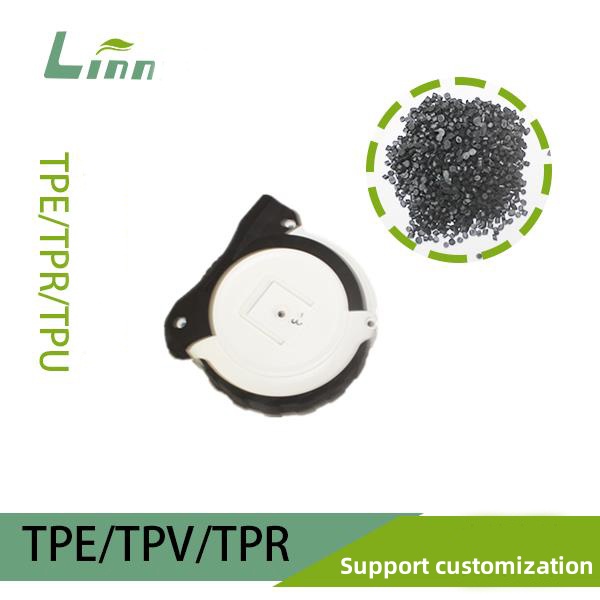
In this article, I’ll take you on a deep dive into the causes of weld imperfections in TPE injection molded products. Drawing from my hands-on experience and industry insights, I’ll break down the science behind these defects, share real-world examples, and provide practical solutions to help you achieve flawless parts. Whether you’re a manufacturer, designer, or just curious about TPE, let’s unravel this mystery together.
Understanding Weld Imperfections in TPE Injection Molding
Before we get into the causes, let’s clarify what weld imperfections are. In injection molding, weld lines occur when two or more flow fronts meet during the molding process but fail to fully bond. For TPE, a material prized for its elasticity and soft-touch feel, these imperfections can appear as visible lines, weak spots, or even slight discolorations on the part’s surface. In severe cases, they can reduce mechanical strength, leading to cracks or failure under stress.
TPE’s unique properties—its viscoelastic behavior and sensitivity to processing conditions—make it particularly prone to weld imperfections compared to rigid plastics like ABS or PP. The key to addressing this issue lies in understanding the interplay between material properties, mold design, processing parameters, and part geometry. Let’s explore each of these factors in detail.
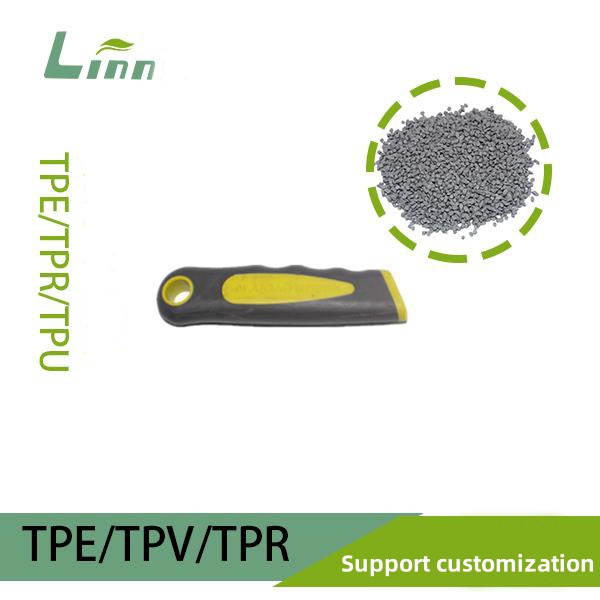
Cause 1: Material Properties and Formulation
TPE’s performance in injection molding is heavily influenced by its formulation. As a thermoplastic elastomer, TPE consists of hard segments (providing strength) and soft segments (delivering elasticity), blended with plasticizers, fillers, and additives. The material’s viscosity, melt flow rate (MFR), and molecular structure play a critical role in how well flow fronts bond at weld lines.
Common Material-Related Issues
High Viscosity: TPE grades with high viscosity (low MFR) flow sluggishly, making it harder for molten flow fronts to merge effectively. This can result in weak or visible weld lines.
Incompatible Additives: Some plasticizers or fillers may reduce intermolecular bonding at the weld interface, leading to poor fusion.
Moisture Content: TPE, especially TPU-based grades, can absorb moisture. If not properly dried before processing, moisture can vaporize during molding, creating voids or weak spots at weld lines.
My Experience
I once worked with a client producing TPE phone cases that consistently showed visible weld lines near the corners. After testing, we found that the TPE grade they used had a low MFR (around 5 g/10 min at 190°C/2.16 kg), which hindered flow front fusion. Switching to a higher MFR grade (20 g/10 min) and ensuring proper drying (at 80°C for 2 hours) significantly reduced the imperfections.
Solutions:
Select a TPE grade with an appropriate melt flow rate for your mold design—typically 10-30 g/10 min for complex parts.
Work with suppliers to optimize the formulation, ensuring additives enhance rather than hinder bonding.
Dry TPE pellets thoroughly before molding, following supplier guidelines (usually 70-90°C for 2-4 hours).
Cause 2: Mold Design Challenges
The mold is the heart of injection molding, and its design directly impacts weld line formation. Weld imperfections often arise when flow fronts meet at suboptimal angles or locations within the mold cavity.
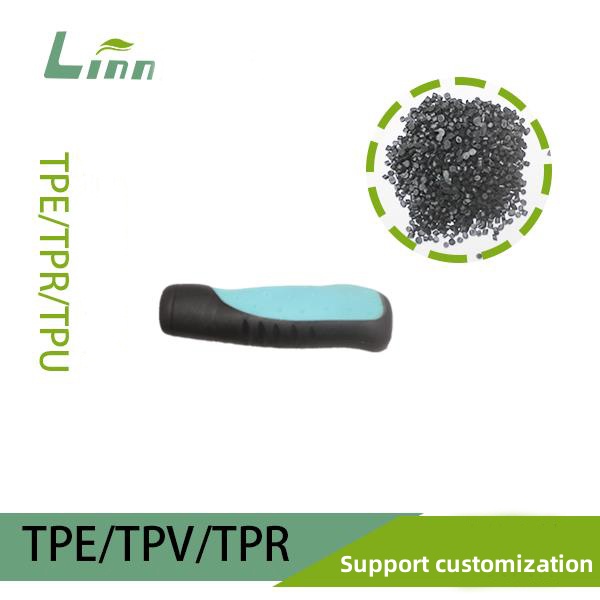
Key Mold Design Issues
Gate Placement: If gates are poorly positioned, flow fronts may travel long distances or meet at sharp angles, reducing bonding strength. For TPE, ideal gate placement minimizes flow path disparities.
Multiple Gates: Multi-gate molds are common for large or complex parts, but they increase the likelihood of weld lines where flow fronts converge.
Thin Walls or Complex Geometry: Thin sections or intricate features can cause flow fronts to cool prematurely, hindering fusion at weld lines.
Inadequate Venting: Poor mold venting traps air or gases, preventing flow fronts from merging fully and creating weak or visible lines.
Real-World Example
A few years ago, I consulted for a company making TPE grips for kitchen tools. Their parts had noticeable weld lines near the handle’s midpoint. After reviewing the mold, I noticed they were using two gates on opposite sides, causing flow fronts to meet head-on in a thin section. By relocating one gate to create a more gradual flow convergence and adding vents near the weld area, we eliminated the visible lines.
Solutions:
Optimize gate placement to ensure flow fronts meet at obtuse angles (ideally >90°) and in non-critical areas of the part.
Minimize the number of gates for complex molds, or use sequential gating to control flow.
Design parts with uniform wall thickness (typically 1.5-3 mm for TPE) to prevent premature cooling.
Incorporate adequate venting channels (0.01-0.03 mm deep) to release trapped gases.
Cause 3: Suboptimal Processing Parameters
Injection molding is as much an art as it is a science, and TPE’s sensitivity to processing conditions makes parameter control critical. Weld imperfections often stem from improper settings for temperature, pressure, injection speed, or cooling time.
Common Processing Issues
Low Melt Temperature: TPE requires a specific melt temperature (typically 180-220°C) to maintain low viscosity and promote bonding. If the temperature is too low, flow fronts may not fuse properly.
Insufficient Injection Pressure: Low pressure can prevent molten TPE from filling the mold completely, leading to weak weld lines.
Slow Injection Speed: A sluggish injection speed allows flow fronts to cool before merging, reducing bonding strength.
Inadequate Holding Pressure: Insufficient holding pressure during cooling can cause shrinkage or voids at weld lines.
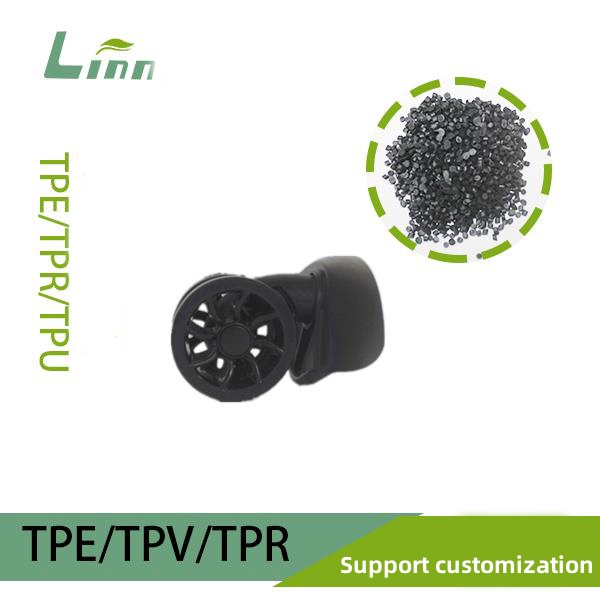
My Observation
I once troubleshooted a batch of TPE medical tubing with faint weld lines that failed quality checks. The molding team was using a conservative melt temperature (170°C) to avoid degradation, but this caused poor flow fusion. By increasing the melt temperature to 200°C and boosting injection pressure by 10%, we achieved seamless parts without compromising material integrity.
Solutions:
Follow the supplier’s recommended melt temperature range, typically 180-220°C for SEBS-based TPE and 190-230°C for TPU.
Adjust injection pressure and speed to ensure complete mold filling and strong flow front bonding.
Optimize holding pressure and cooling time to minimize shrinkage and stabilize weld lines.
Use a multi-stage injection profile (e.g., fast initial fill, slower packing phase) for complex parts.
Cause 4: Part Geometry and Flow Dynamics
The geometry of the molded part itself can contribute to weld imperfections. TPE’s viscoelastic nature means it behaves differently than rigid plastics, especially in complex or multi-featured designs.
Geometry-Related Issues
Sharp Corners or Transitions: Abrupt changes in part geometry can disrupt flow, causing turbulence or premature cooling at weld lines.
Long Flow Paths: Extended flow distances increase the chance of cooling before flow fronts meet, weakening the weld.
Inserts or Overmolding: When TPE is molded over inserts or other materials, flow disruptions around the insert can create weld lines.
Asymmetric Designs: Uneven flow paths in asymmetric parts can lead to inconsistent weld line formation.
Case Study
I worked with a client producing TPE keypads with weld lines near a central hole. The hole caused the TPE to split and recombine, forming a weak weld line. By rounding the hole’s edges and slightly thickening the surrounding wall (from 1 mm to 1.5 mm), we improved flow dynamics and eliminated the imperfection.

Solutions:
Design parts with smooth transitions and rounded corners to promote even flow.
Shorten flow paths by optimizing gate locations or simplifying part geometry.
For overmolded parts, ensure inserts are preheated to match TPE’s melt temperature.
Use flow simulation software (e.g., Moldflow) during design to predict and mitigate weld line formation.
Cause 5: Environmental and Post-Processing Factors
While weld imperfections primarily form during molding, environmental exposure or post-processing can exacerbate their visibility or impact.
Key Factors
Thermal Stress: Post-molding exposure to high temperatures can highlight weak weld lines, causing cracks or deformation.
Chemical Exposure: Contact with oils, solvents, or cleaning agents may weaken weld lines, especially if bonding was already compromised.
Surface Treatments: Processes like painting or coating can accentuate weld lines, making them more visible.
Mechanical Stress: Repeated flexing or stretching of TPE parts can cause weak weld lines to fail prematurely.
Supporting Data
According to a study by the Society of Plastics Engineers (SPE), weld lines in TPE can exhibit 30-50% lower tensile strength than the surrounding material if bonding is poor, making them vulnerable to environmental stressors.
Solutions:
Test parts under simulated environmental conditions (e.g., heat, chemical exposure) to ensure weld line durability.
Avoid aggressive surface treatments that highlight weld lines; consider matte finishes to mask minor imperfections.
Design parts with weld lines in low-stress areas to minimize mechanical failure.
Summary of Weld Imperfection Causes and Solutions
To help you visualize the issue, here’s a detailed table summarizing the causes of weld imperfections in TPE injection molding and their solutions:
|
Cause |
Details |
Solutions |
|---|---|---|
|
Material Properties |
High viscosity, incompatible additives, or moisture causing poor flow fusion. |
Choose high-MFR TPE grades, optimize formulation, and dry pellets thoroughly. |
|
Mold Design |
Poor gate placement, multiple gates, thin walls, or inadequate venting. |
Optimize gate locations, minimize gates, ensure uniform wall thickness, and add vents. |
|
Processing Parameters |
Low melt temperature, insufficient pressure, or slow injection speed. |
Follow recommended temperatures, adjust pressure/speed, and optimize holding time. |
|
Part Geometry |
Sharp corners, long flow paths, or inserts disrupting flow dynamics. |
Use smooth transitions, shorten flow paths, preheat inserts, and run flow simulations. |
|
Environmental Factors |
Thermal, chemical, or mechanical stress highlighting or worsening weld lines. |
Test under real-world conditions, avoid aggressive treatments, and place weld lines in low-stress areas. |
Best Practices for Preventing Weld Imperfections
Preventing weld imperfections requires a holistic approach, combining material selection, design, and process optimization. Here are my top recommendations:
Collaborate Early with Suppliers: Engage TPE suppliers during the design phase to select the right grade and formulation for your application.
Invest in Mold Design: Use simulation tools to predict weld line locations and optimize gate placement, venting, and part geometry.
Fine-Tune Processing: Experiment with temperature, pressure, and speed settings during trial runs to find the sweet spot for your mold and material.
Test Rigorously: Conduct mechanical and environmental tests to ensure weld lines meet performance requirements.
Document and Iterate: Keep detailed records of process parameters and outcomes to refine future runs.
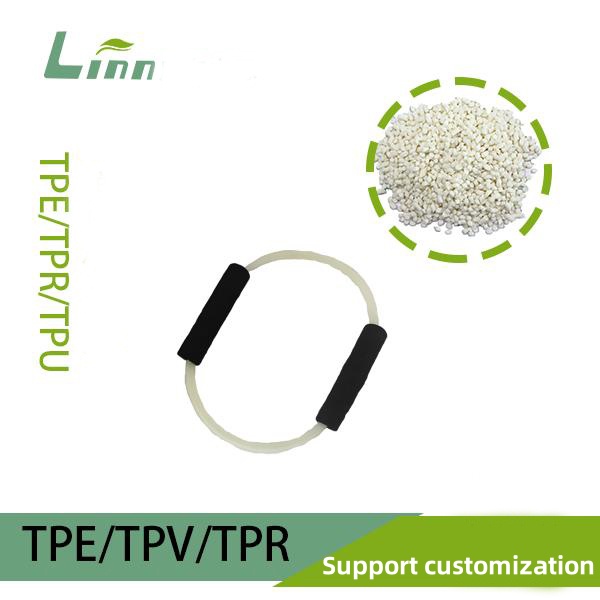
FAQs: Your Questions Answered
To wrap up, here are some common questions about weld imperfections in TPE injection molding, along with my answers:
Q1: Can weld imperfections be completely eliminated?
A: Completely eliminating weld lines is challenging, especially in complex parts with multiple gates or features. However, their visibility and impact can be minimized through optimized material selection, mold design, and processing parameters.
Q2: How can I test for weld line strength?
A: Perform tensile testing (per ASTM D638) or flexural testing on molded parts, focusing on areas with weld lines. You can also use dye penetrant testing to detect surface imperfections or microscopy to analyze bonding at the weld interface.
Q3: Are weld imperfections more common in TPE than other plastics?
A: Yes, TPE’s viscoelastic nature and sensitivity to processing conditions make it more prone to weld imperfections than rigid plastics like PP or ABS. However, proper design and processing can mitigate this.
Q4: Can post-processing hide weld lines?
A: Matte finishes, texturing, or in-mold decoration can mask minor weld lines, but they won’t address underlying strength issues. Focus on fixing the root cause during molding for the best results.
Q5: How do I know if my mold design is causing weld lines?
A: Run a flow simulation using software like Moldflow or consult a mold designer. You can also inspect parts for consistent weld line locations, which often point to gate placement or geometry issues.
Closing Thoughts
Weld imperfections in TPE injection molded products can be a headache, but they’re not an insurmountable challenge. By understanding the roles of material properties, mold design, processing parameters, part geometry, and environmental factors, you can take targeted steps to minimize or eliminate these defects. My years in the field have taught me that success lies in collaboration—between designers, mold makers, and material suppliers—and a willingness to experiment and iterate.
If you’re dealing with weld lines in your TPE parts, don’t lose hope. Start by reviewing your material choice, analyzing your mold design, and tweaking your processing setup. And if you hit a roadblock, drop a question below—I’d love to share more tips from my toolbox. Here’s to creating TPE products that are as strong as they are beautiful!





